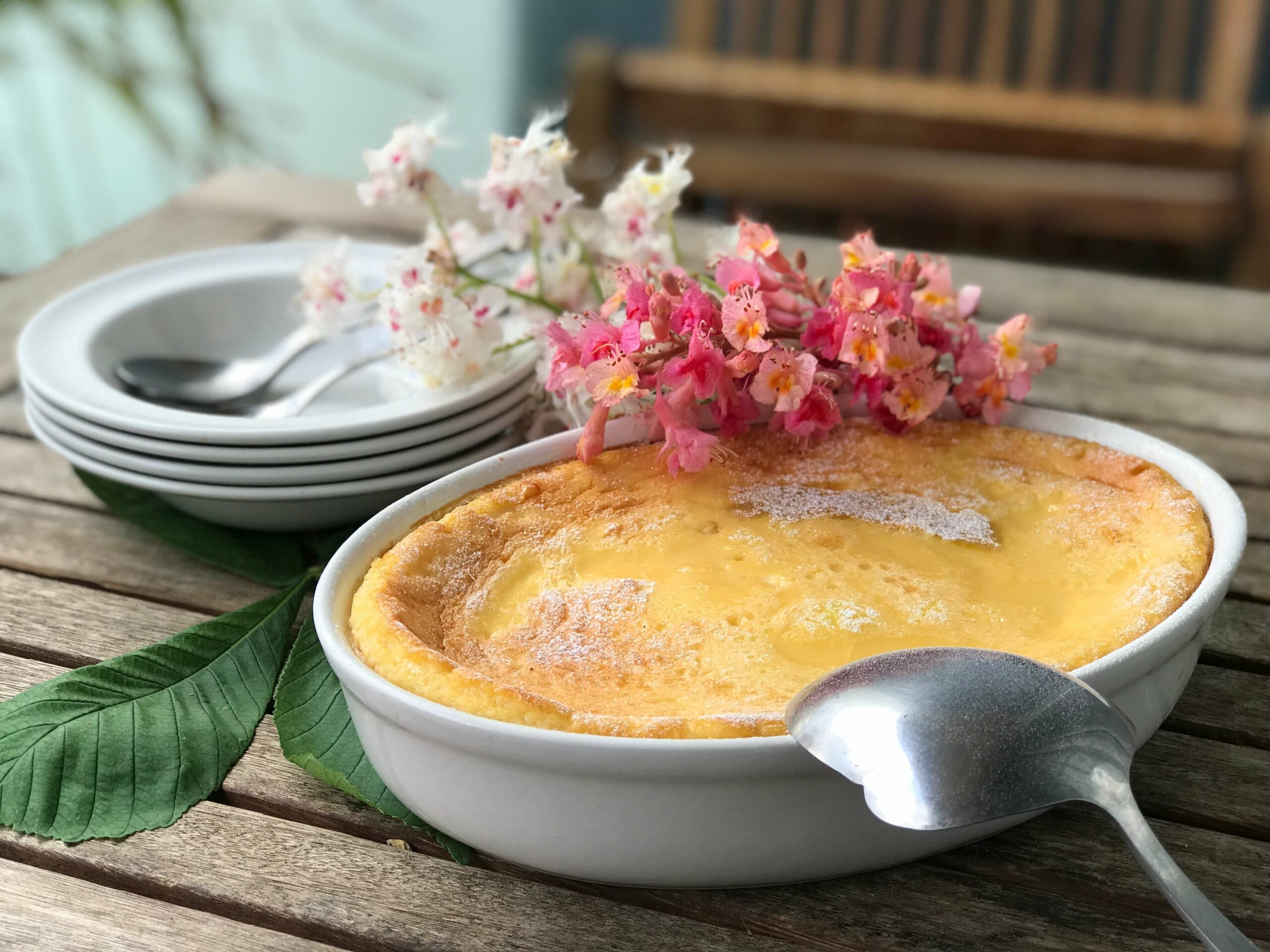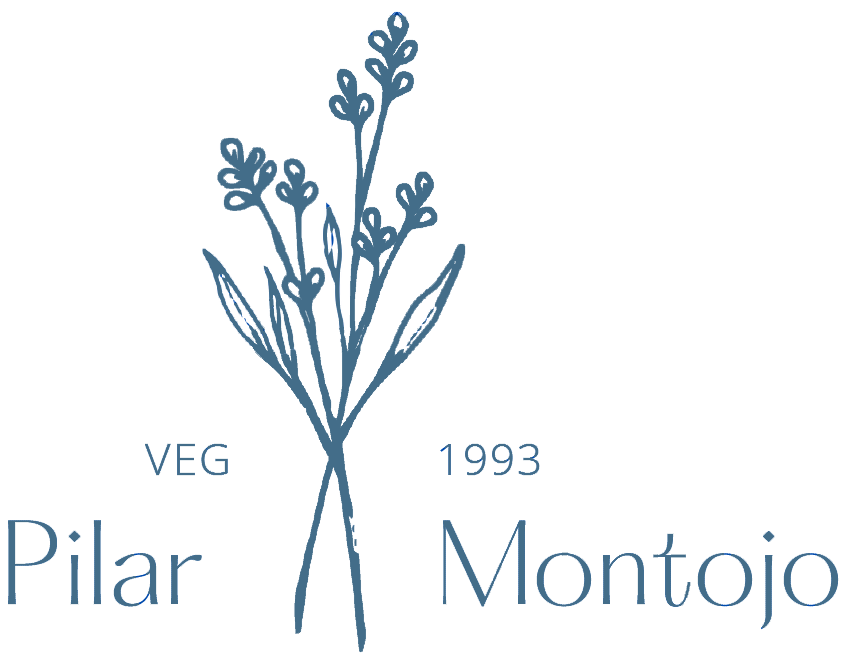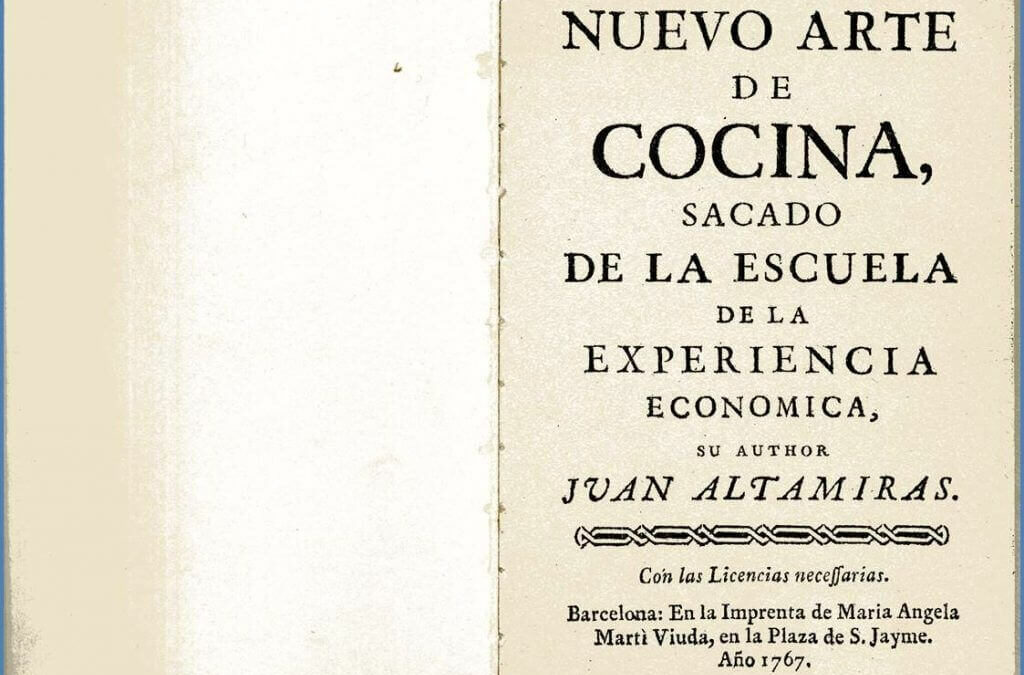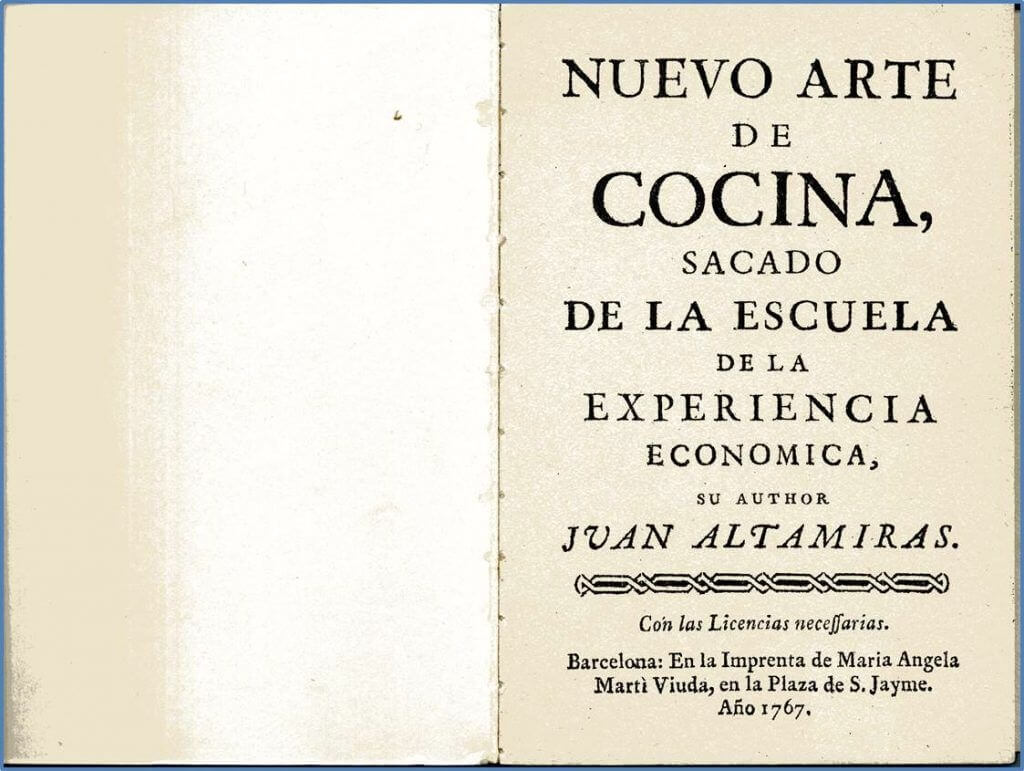
Through a piece of news sent by a co-worker, I discovered this renowned Aragonese Franciscan friar and considered the Ferran Adrià of his time. This Franciscan friar and cook was born in the 18th century, in La Almunia de Doña Godina, in the province of Zaragoza. And precisely at the end of 2021, the first Juan Altamiras gastronomic days were held in Aragon, where this illustrious character became known, with the participation of several chefs and waiting for the second ones.
Juan Altamiras wrote the cookbook New art of cooking, taken from the school of economic experience (1745). The book that he calls Obrilla or Cooking Primer, was published 5 times while he lived. It contains 205 pages and is divided into chapters devoted mainly to meat, poultry (poultry) and fish, but he also treats eggs and “yerbas”, as he calls vegetables, with great care. I would like to emphasize the humility and affection for the profession with which he writes and formulates the recipes. He does it from the point of view of the “Director” (as he calls the head chef) who teaches the beginner step by step so as not to make mistakes in the kitchen trade.
It begins with a prologue giving some modest but accurate advice in the form of numbered notes on the cook’s cleanliness, order in the office (kitchen), control of cooking and preparation time, the cook’s humility, the distribution of the amount per person and about everything, remembering at all times, the abandonment of the superfluous expense of each dish as a friar that he was. It is also interesting to see how the use of certain material for a single use is taken into account so as not to transfer flavors.
How to care for kitchen material is another important point. Tempering the pan so that the food is well prepared is simply cleaning it, heating it and putting a little bacon inside it. The exterior is cleaned with vinegar. Today the iron only passes a little oil.
We must take into account the time of which we speak. At that time the kitchen material used to be made of wood and iron, it was cooked with fire, wood or brass to serve and eat and the food was cooled with ice taken from the mountains. The material was forever, scarce, highly valued and it was necessary to take great care to take care of it with the few existing resources.
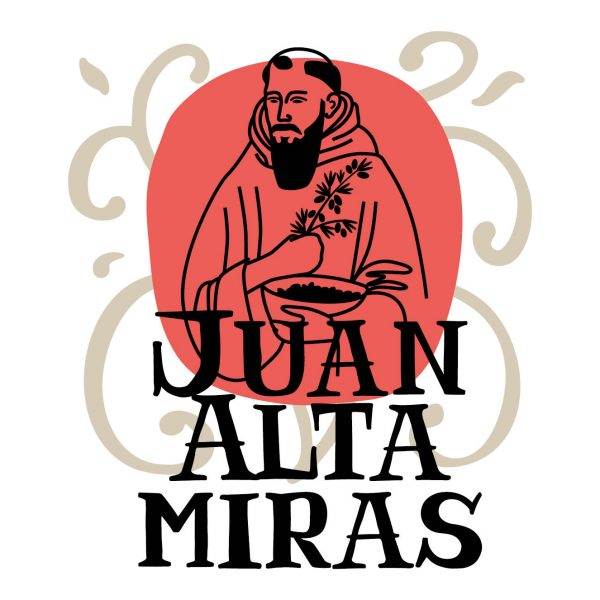
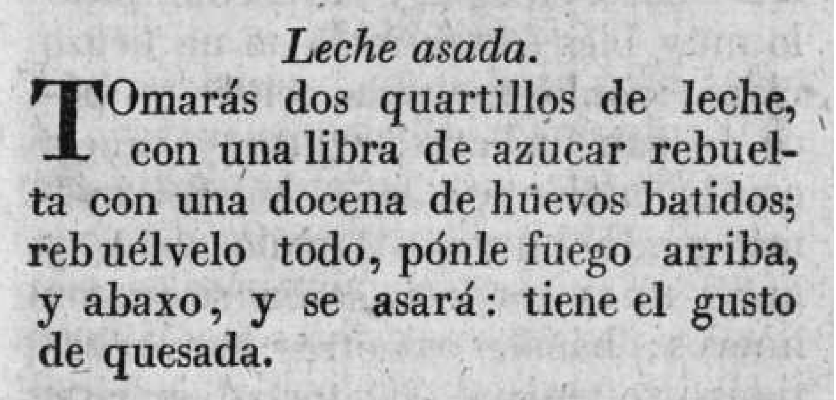
The way in which the recipes are written is in the form of a short paragraph, without points, all in a row, naming some amount and with a very rich vocabulary of the time.
To cite some examples, he calls gentle fire the soft fire, bowls to the dishes or diners, compound to a bite, compose to elaborate and unleash how to mix or dilute. It uses bacon as cooking fat (oil in Lent), a wide variety of products, some spices (basically cinnamon, cloves, pepper and bay leaf) and a wide variety of dishes and cooking techniques. The hard-boiled egg and soaked bread is very common to thicken and accompany dishes. The measures, rarely used, are in pounds, quarts, and ounces.
And in countless dishes they mix sweet and savory elements at the same time. Desserts as part of the culinary dictionary or final part of the meal do not exist. But he does make sweet dishes and also very sweet ones that denote a taste for sugar. For example, for roasted milk, use 1 pound of sugar for 2 quarts of milk and a dozen eggs. That is, 450 g of sugar for 2.3 l of milk and 1 dozen eggs. Today about 300-350 g are used.
The ingredients are very similar to the ones we have now, but use some very special ones such as camusas, endangered apples, or ground criadillas, less renowned truffles used like potatoes, elements that show the elapsed time. At the end of the book he gives some recipes on how to heal a cut or burn due to the frequent occurrence of such events in the kitchen.
After leafing through his book and seeing the recipe book, I realized that certain dishes from medieval times, I had already made in their vegetarian version in a similar way, such as stuffed cucumbers. On the other hand, I have seen some that I have carried out, such as roasted milk (below photo) or “quaxada” cabbage that I want to try.
I leave you the link where you can download the book to read. Recommended, it is very interesting. Also the conversion of measurements of the time in case you want to try making roasted milk. A very sweet flan easy to make. If so, I hope you say how the experiment went and post a photo. Take advantage!
1 pound 450 g
1 ounce 28,350 g
1 quart 1.15 l
